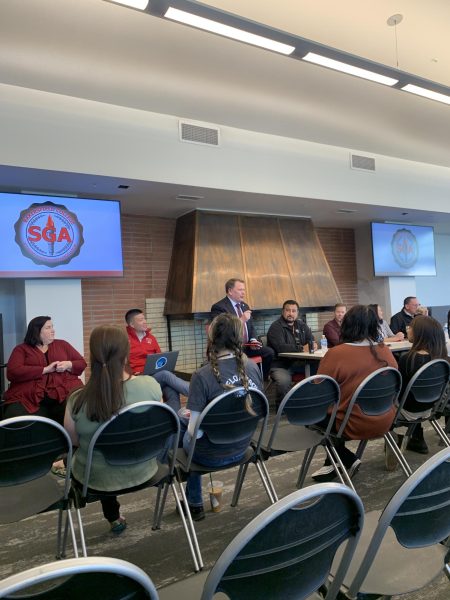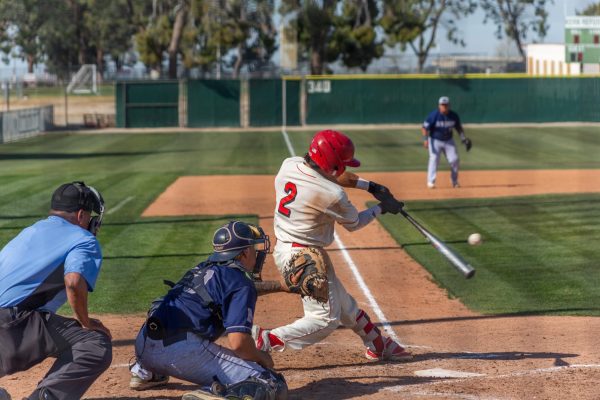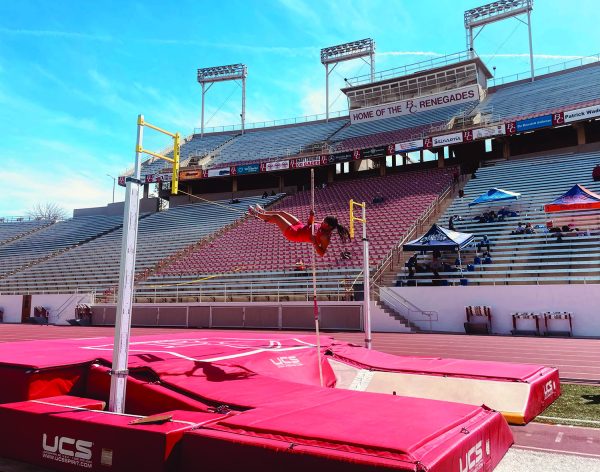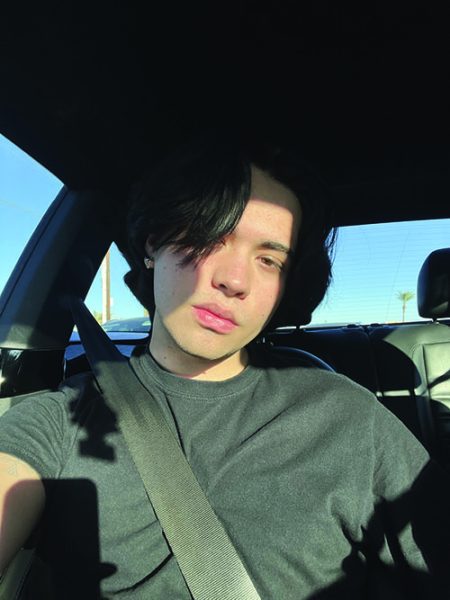Finding that drag in you
The Gay Agenda: Life and times of a modern gay man.

J.R. Hensley
March 30, 2017
By the time this article publishes, the first episode of “Rupaul’s Drag Race” will have aired. I will have gagged and will be waiting insatiably for the next episode while speculating which queen I think will win.
What’s strange is that it wasn’t until my husband and I took in what we like to call a “stray,” did we even give drag race a second glance.
It was our heterosexual roommate who turned us on to the show. He is beyond into it, which is why when we first started watching it, we were merely humoring him. Since that time, my husband and I have grown to actually enjoy the program.
I don’t know what our hesitation was in the first place. Was it merely us just avoiding all gay stereotypes because we didn’t want to feel any shame? Or was it because we just didn’t see what was so entertaining about a bunch of men dressing up in women’s clothing, making catty comments to each other, and “lipsyncing for their life?”
I want to say it’s the second, but more than likely it’s the first.
I, like many of my gay brethren, don’t want to be “obvious.” Whenever someone tells me “I never would have guessed,” I feel a sense of pride well up inside my chest. Then I counteract that by, ironically, doing some effeminate hair toss. But why do I care?
What I have discovered is that most cultures pride masculinity and belittle anything mildly feminine, which is true even for gay culture. It is strange to me, that even in our own community we find discrimination because they’re too “swishy.” I can admit at one point I showed my own bias.
Drag is, without a doubt, feminine. Most cultures find a man wearing women’s clothes disgusting. Which is strange, they’re just clothes. Garments don’t speak for the person wearing them. The disgust comes from the fact that it’s destroying the established gender norms. Men are men, and women are women.
The reality competition, doesn’t begin to illustrate the amount of work it takes to do a drag illusion. There are numerous layers of make-up, the planning of original “looks,” and then the infamous “tuck.” Then there is the fact that when a person creates a drag persona they also have to create a character or world around them. It is truly elaborate. I liken it to a modern-day clown performance art. Yes, that sounds silly, but wearing copious amounts of make-up in ridiculous get-ups sure as hell sounds like a clown to me.
By and large, the strangest part I find with the entire show is how it has grown a very large and avid fanbase. But what many of these fans don’t know is that there is a whole other side to it than what they see in this comedic competition. Many of the words and phrases are actually from the “Balls” that were held in Harlem in the ’80s.
After watching two seasons of the show, I delved into a little documentary I suggest every fan or possible Drag Race lover check-out: “Paris is Burning.”
The film discusses the idea of “realness” and how one can dress up to live a fantasy of stereotypes. And, man, is it quotable.







